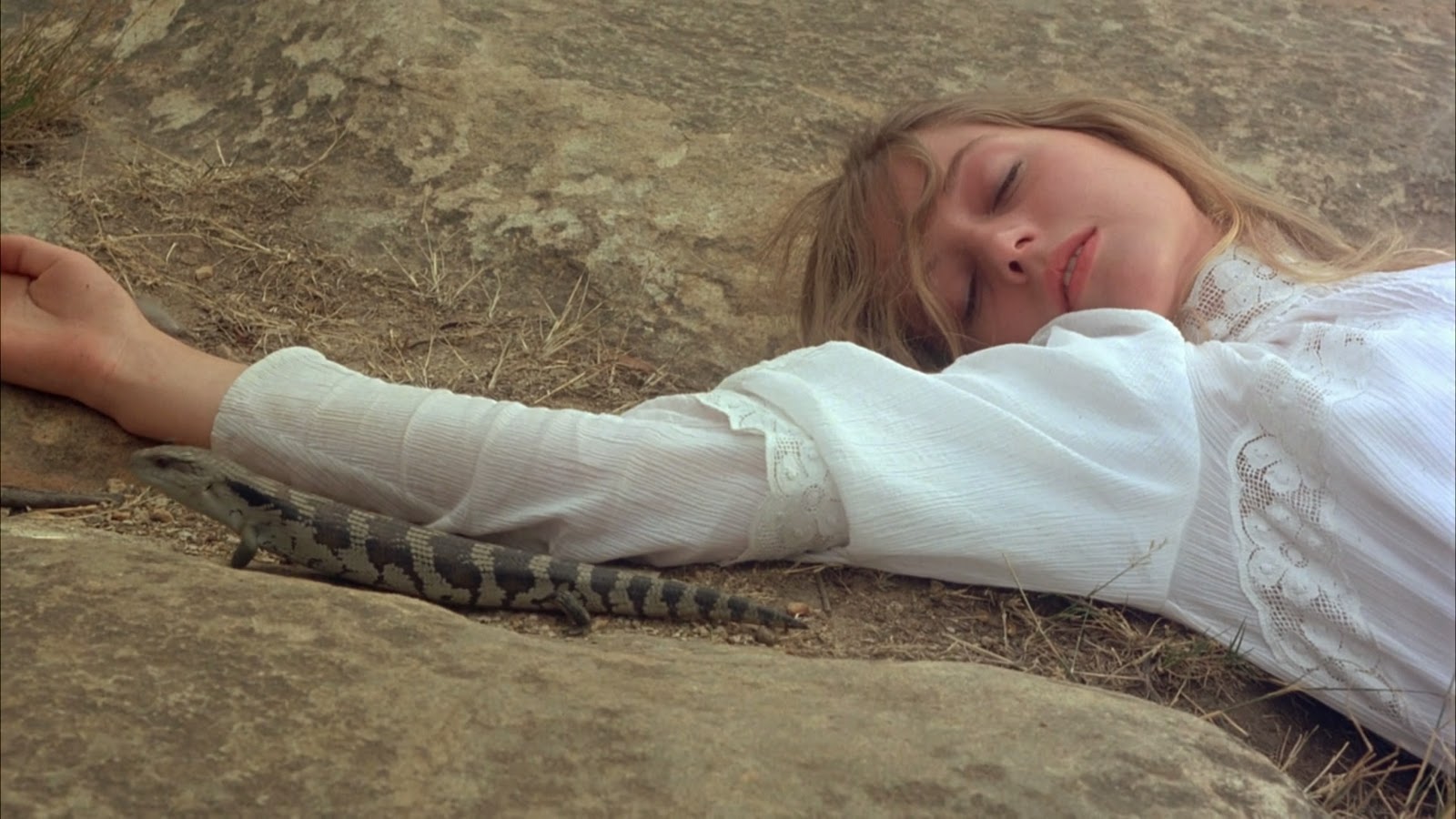
Most of the times, dreams appear on the disfiguring nocturnal surface of our subconscious as bizarre idols of thoughts, fears, and aspirations. Poets are the ones who experience such illusions during the day and have the ability to translate their garbled message into words. Despite their surreal aspects, dreams and illusions reveal the most deeply hidden truths of a mind. Along these lines, poetry is a medium that touches the subconscious and culminates in a language.
According to the famous poet Rita Dove, poetry is language at its most distilled and most powerful. When poetry chooses the cinematic codes in order to be expressed, instead of being reflected on the common linguistic sense, the result is just amazing. It’s the poetry’s liberty that abolishes the distinctive rules of reality, and it’s the cinema’s power that renders a palpable body to poetry.
Poetic spirit is easily found in the artwork of Ingmar Bergman, Andrei Tarkovsky, Luis Buñuel, Wim Wenders, and many other acknowledged directors of arthouse cinema. Nevertheless, the quest of a dream and the discovery of a disguised part of yourself is a quite diverse and personal procedure. The following films offer a cultivable soil for intellectual introspections and poetic journeys through space, time and sound. Perhaps you’ll feel like following their intricate paths.
10. Distant (2002)
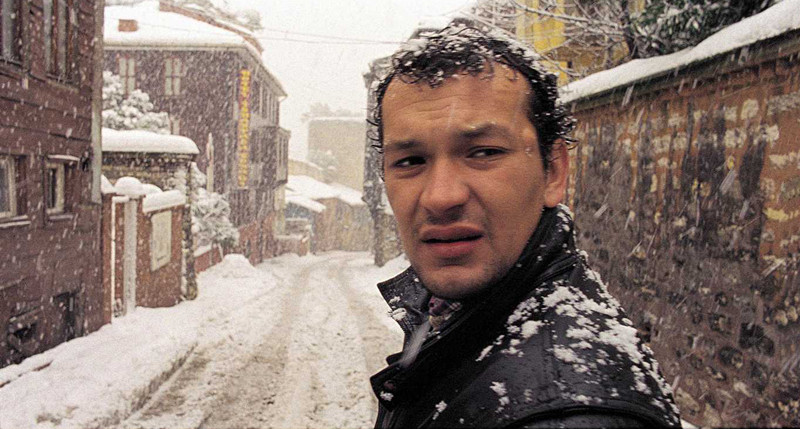
In the gentle sound of wind and rain, in the image of a fruit that rolls over a hillside, in music or in silence, Nuri Bilge Ceylan knows how to fill the void with poetry. The great Turkish director has proven that his lyrical pictures can deliver the substance of one thousand words. In his 2002 “Distant,” another sincere and personal work, he focuses on the parallel esoteric dramas of two dissimilar relatives.
Surrounded by an urban environment’s tedious details, Mahmut is a settled in inconvenience professional photographer. Left by his wife and indifferent toward the faded allures of his job, he strives to recover and assemble the pieces of a former satisfying life. As if prepared to challenge Mahmut’s stretched string of mind and soul, his cousin Yusuf searches a new destiny in Istanbul, constantly mirroring a distant ghost of his ragtag provincial world.
Ceylan’s bipolar synthesis focuses on the multifaceted foundation of loneliness from two different standpoints. Mahmut is found under the spotlight that fearlessly illuminates the urban alienation. His demons are scattered in the big city’s bustling yet isolated monster. Yusuf’s demons, on the other hand, originate from a world made by different raw materials. Where Yusuf attempts to track a welcoming Eden, he senses a silent purgatory of lost souls.
9. Koyaanisqatsi (1982)
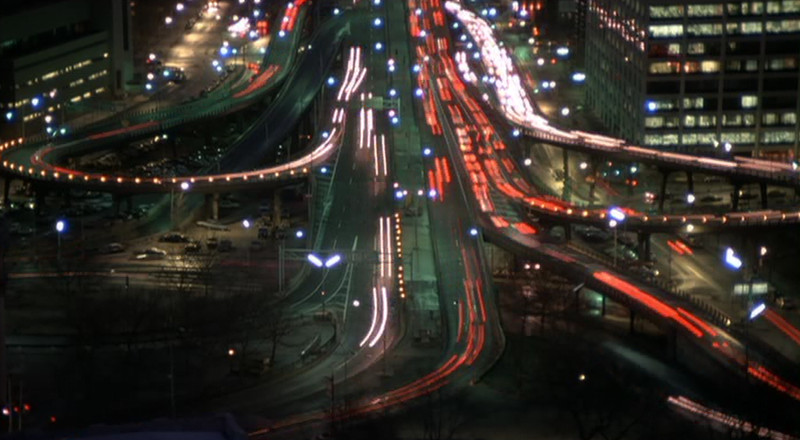
You can call it poetic, avant-garde, or philosophical. His creator, the intelligent American filmmaker Godfrey Reggio called it “Koyaanisqatsi,” a word that originates from the Hopílavayi language, a dialect that is used by a Uto-Aztecan tribe that is found in the northeastern part of Arizona. Freed by the language’s norms and expressional commitments, this is a film that captures intact ideas and questions in a way that the modern languages fail to do.
Reggio traveled through the natural scenery of the United States for more than half a decade, filming its eternal beauty in a noble style that honors the immortal natural procedures and structures. And then, he redirected his lens to the contemporary urban environment. Creating the absolute contradistinction between the nature’s everlasting serenity and the brief humane clatter, numerous long-shots observe us thronging our geometric and insolent constructed settings.
In one of the most interesting interviews even given, Reggio mentions that his first catalytic contact with cinema happened when he watched Luis Buñuel’s “Los Olvidados.” Perhaps he took the philosophical mood away from the film, rephrasing it in his own silent language so as to express the endless existential issues that we espy in this cinematic masterpiece. Let yourself hover over our kind’s and our planet’s colorful rivers and allow Phillip Glass to carry your mind away in his imposing melodies. Then, you’ll have experienced “Koyaanisqatsi.”
8. Spring, Summer, Fall, Winter… and Spring (2003)
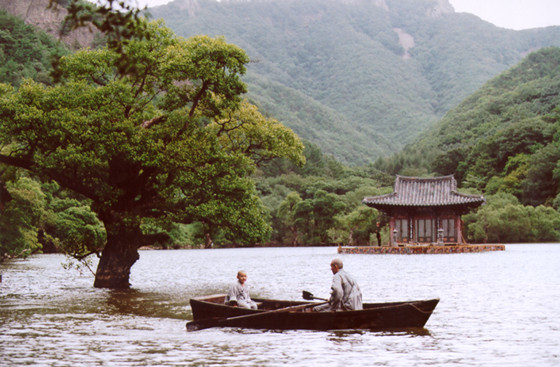
Nature is an immense, simultaneously terrifying and beautiful beast. Arguably, its most charming functions appear on the alternating curtains of colors, sounds, textures and temperatures of the seasons. There’s nothing more lyrical and more poetic in the entire universe than the patient sequence of spring, summer, fall, and winter that defines a both wide and narrow circle of life.
Ki-duk Kim’s most acknowledged film “Spring, Summer, Fall, Winter… and Spring” is a meditation on time, tradition, religion, but essentially, on nature. Set at the picturesque scenery of provincial Korea, the story follows the life of a young boy raised by a Buddhist monk. He’s been taught the principles of an esoteric, abstemious and spiritual life. However, as the years go by, the pupil progressively became a man, driven in a circle that a superior force had already drawn for him‒ not an indistinct force of his destiny, but the severe force of his nature.
This is not necessarily a film about Buddhism, its strength, its accuracy, or its possibility to fail. This is a story that collates the humane respected traditions with the wider cosmogenic trends. Definitely, the constructed traditions imitate the natural teachings and trends.
Sometimes, yet, cultures exhibit strong resistances toward the physical norms. The most important deduction, in any case, is that each of us is an element of a vast self-driven vehicle. One should follow its constant move, honoring the pain, the pleasure, and the fulfillment that it’s meant to offer.
7. An Angel at My Table (1990)
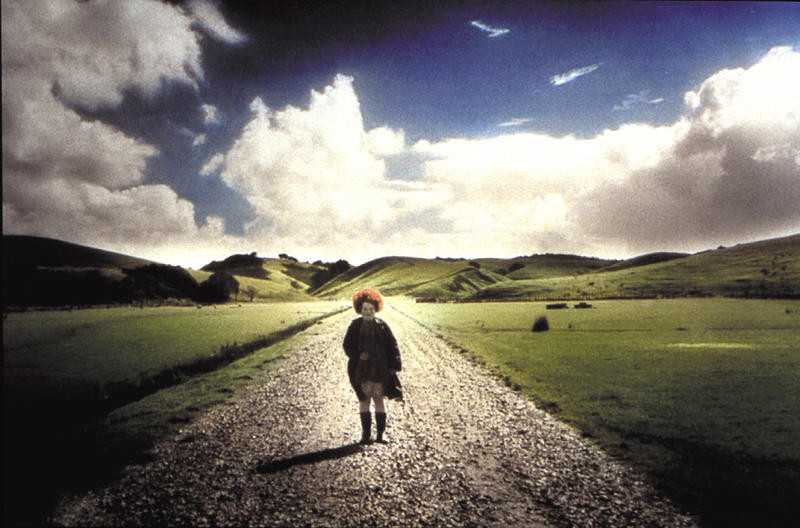
To be an artist means to handle a demanding, wandering, and unconventional mind. It’s not incidental that many well-known artists and writers, as Vincent Von Gogh and Leo Tolstoy were considered mentally ill. Jane Campion’s sincerely devastating film “An Angel at My Table” was created in order to portray the passage through a rough life, as well as the spiritual roaming above a cruel world, that New Zealand writer and poet Janet Frame carried out.
Janet was clearly different. Ever since she was a little kid, her brain enclosed vivid creative thoughts and an escapist intelligence of great vision. At school, she always had few friends, willingly abstaining from the popular pretentious kids.
Even while becoming a young woman, experiencing the intense pressure of numerous inner needs, Janet continued to exist behind her protective closed curtains. Such an introverted character was enough to lead her in a psychiatric institute, where she held on to her sedative talent and published her first collection of short stories.
The story is transparently narrating Frame’s life, from the first occurrence of her unique identity, through an autumnal misery, and until the conquest of the life that she sought and deserved. The most significant achievement of Campion in this case is that, apart from providing a window in Frame’s days, she provided a window in her multidimensional mentality. Following the heroine’s actual and cerebral steps on a trembling bedrock, one can smell the gentle scent of her poetic soul.
6. Werckmeister Harmonies (2000)
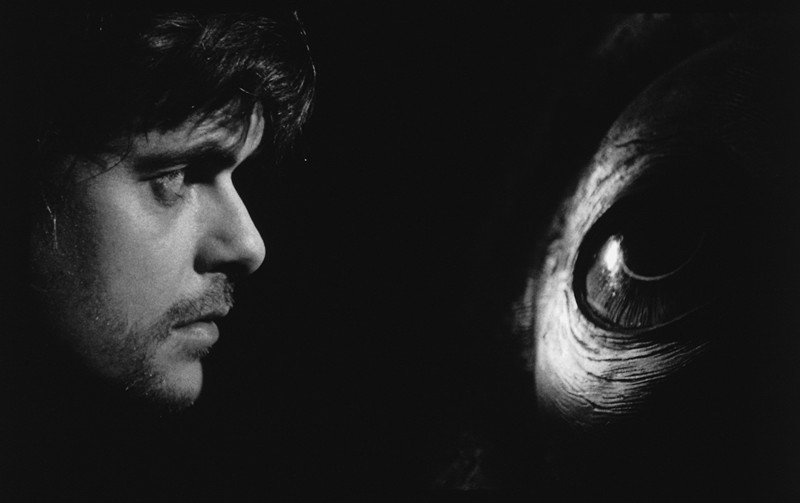
Béla Tarr is a philosopher of the image. As philosophers display in their linguistically complex theories various ideas that could emerge in a story or circumstance, Tarr displays in his sophisticated black-and-white frame the quintessence of his worldview. His artwork in its entirety is a laconic object of imagery that he sculpted out of concern and interest in this world’s present and future. After the release of his 2010 “The Turin Horse” he announced that this was his cinematic epilogue. Indeed, he’s said it all.
In “Werckmeister Harmonies” is described a community that effortlessly represents a typical small-scale social subtotal of province and at once captures the character of every social web, in panhuman and intertemporal terms.
At a small Hungarian village where the days of winter come and go by, while nothing really happens, a newspaper server reenacts the existing moon eclipse and describes its mystifying impact on the earthly creatures. Subsequently, he is informed about the arrival of a circus which consists of a peculiar performer and a huge artificial whale.
As it always happens in Tarr’s films, the context is intelligently scattered behind the minimalist emergence of countable long, very long shots. This is an artifice that victoriously works out, if the viewer is willing and patient enough to offer the appropriate time and concentration.
During the film’s 145 minutes, one experiences the characters, comprehending what they embody and what they symbolize. “Werckmeister Harmonies” is one more work about our discouraging simplicity and the man-made forthcoming apocalypse. As the man’s eye stares at the soulless eye of the whale, it’s the existing death that appears instead of the one that we create and then call “fake.”